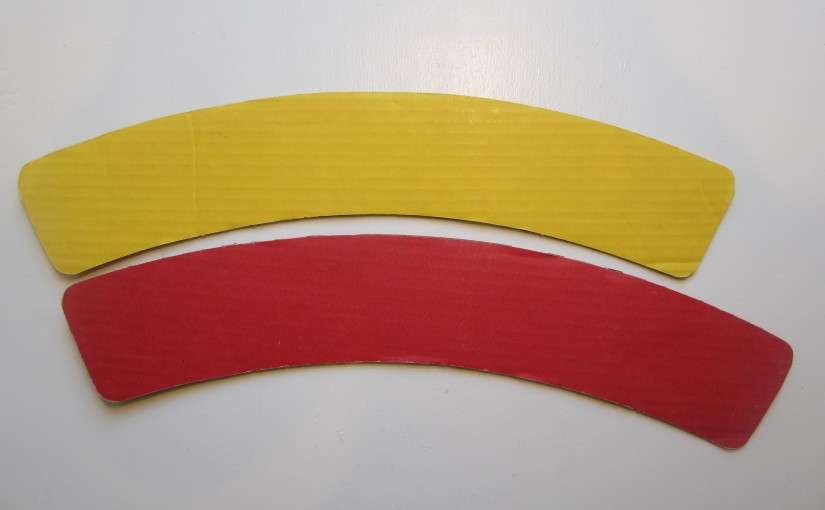
Category: Creativity
-

Juggling Ice
Read More: Juggling IceI ordered some silicone molds that make perfect ice spheres about the size of a baseball. I put them in the freezer and out came the ice balls for juggling. I went outside and tried them out. I was able to do it – and of course my hands got very cold! The balls began to…
-

Large Group Game: Hot Potato Extreme
Read More: Large Group Game: Hot Potato ExtremeHere’s a great group game that actively involves everyone and no one gets “out.” It also involves an element of juggling that anyone can do without practice. It is like large group hot potato juggling. Here’s how it works: Have the group sit in a circle. You can do multiple circles if you want to…
-

A Brain Game for Ministry
Read More: A Brain Game for MinistryI like finding neat science tricks and visual illustrations that can be used to help communicate Biblical concepts in teaching. I found this neat brain game trick which I like to call the “curved arcs” from Steve Spangler Science. He sells the pieces I bought below. But you can also make your own and he…
Search
Popular Posts
-
“Holy Fools”: Exploring the Journey of Calling for Christian Variety Performers
I am happy to announce that my PhD dissertation has been published to ProQuest, an academic database for published research. I have made the dissertation open source, which means anyone anywhere can access the full content free of charge. Here is the full dissertation: https://www.proquest.com/dissertations-theses/holy-fools-exploring-journey-calling-christian/docview/2622316783/se-2 Please share far and wide. I am very much excited…
-
The Easiest Large Group Game Ever
This is probably the easiest large group game ever invented. If you can think of an easier one, please let me know in the comments. Heads or Tails! This game of heads or tails involves EVERYONE in your large group. It is actually better the larger the group gets. There is an elimination factor to…
-
Book Release! Incredibly Bad Dad Jokes
I have been writing down my original Dad jokes for several years now, but recently they dramatically increased. While the past five months of my life have been the toughest for me as a Dad (with Annie’s medical crisis), the Dad jokes actually came out in full force during this season. You see, in my…
-
A Children’s Ministry Poem
From the mouths of children come questions galore about heaven and angels and Satan and more. They speak what their hearts say without holding back, so the wonder of God is something they never lack. Oh God, who are you? Who inspires the minds of little ones many, so that they may find this Jesus…
-
Joyner Family Christmas 2024 Update
Merry Christmas from the Joyners! Here’s a little bit of our life this past year. We hope and pray the Lord’s peace and blessing over you this Advent season. D – Our little guy is now 5 years old! This year he played Tee Ball in the Spring and started soccer this past Fall when…


